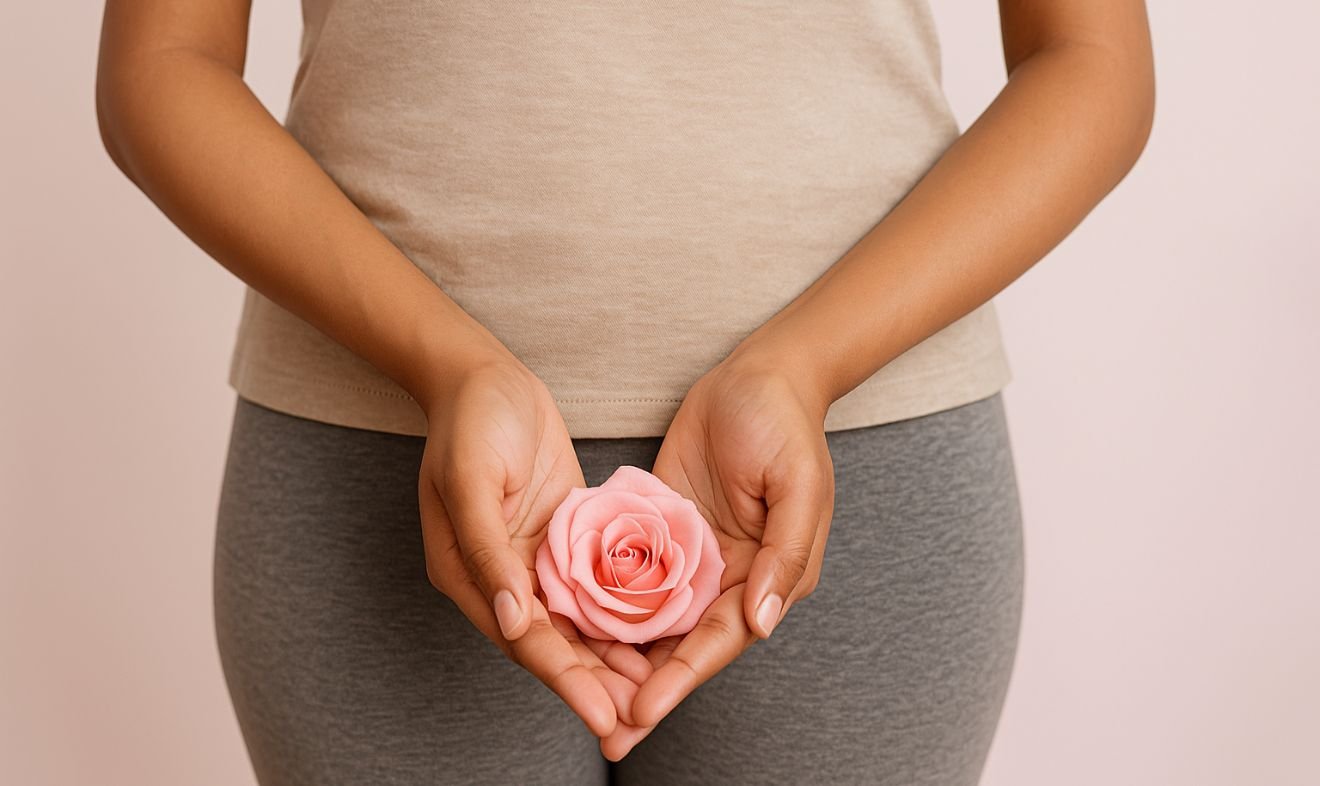Busting Period Myths

Period Myths We Need to Set Straight
Let’s discuss some common myths surrounding periods and menstrual blood. So, here are 10 myths about menstruation:
Myth No.1: Period blood is dirty or toxic.
Fact: This is not true. Period blood is a complex biological fluid. It is made of blood, mucus from your cervix, and the lining of your uterus. This is all material that your body is shedding. It is not a harmful waste product that can poison food, plants, or people. Calling it “toxic” just adds to the negative feelings and misinformation about periods. It is much better to understand it as a normal part of a person’s body. Additionally, we should talk about it openly.
Myth No.2: Entering the kitchen, temple, or social spaces is off-limits.
Fact: This is not based on science. In fact, it is a form of stigma that contributes to the broader menstruation taboo. There is no physiological reason to restrict participation in daily activities during a period. Instead, excluding people during their period only increases feelings of shame. It makes it harder for them to get the care they need. It isolates them at a time when they could use support the most.
Myth No.3: You can’t get pregnant if you have sex on your period.
Fact: This is one of the most widely believed period myths. However, it is possible to get pregnant. Sperm can live inside your body for several days. If you ovulate (release an egg) shortly after your bleeding stops, conception is possible. This is because there is a chance a surviving sperm could fertilize the egg. Do not rely on this myth for birth control. For real protection, you need to use proven contraception and understand your own fertile window.
Myth No.4: Every cycle must be 28 days; anything else is abnormal.
Fact: A healthy menstrual cycle can vary from person to person. Many people have a cycle length between 21 and 35 days. Many factors can cause your cycle to change. For example, stress, illness, new medications, or significant life changes. Having a cycle that is not 28 days long does not necessarily mean there is something wrong. However, you should see a doctor if you experience consistent extremes or sudden changes.
Myth No.5: Only sanitary napkins are safe; everything else is dangerous.
Fact: There is no single “right” product for everyone. Sanitary napkins, tampons, a menstrual cup, reusable pads, and period underwear are all safe options. These hygiene products are all valid choices when used correctly. The best product is the one that fits your body, budget, and lifestyle. What matters most is comfort, access, and sustainability, and not just what a brand claims.
Myth No.6: Menstrual cramps are always normal. So, just bear it.
Fact: This is a harmful idea. While mild discomfort is common, severe menstrual cramps can be a sign of something serious. It could be a medical condition, such as endometriosis or adenomyosis. Do not overlook symptoms that make it difficult to work, attend school, or sleep. Ignoring this kind of pain can delay a diagnosis and make things worse. It is important to take your menstrual health seriously. Keep track of your symptoms, and see a doctor for an evaluation if needed.
Myth No.7: Exercise, swimming, or sports will worsen bleeding.
Fact: On the contrary, exercise can often help reduce pain. It can improve your mood and increase circulation. These are proven period facts supported by research. For many menstruating women, working out is a helpful way to manage their period symptoms. You should choose a level of activity that feels right for you. There is no real evidence to support the idea that you should stop exercising during periods.
Myth No.8: Everyone gets their first period at the same age.
Fact: The average age a person gets their first period (menarche) can vary. This depends on factors like genetics, diet, and environment. It is completely normal for young girls if their period starts earlier or later than their friends. A different timeline does not usually mean there is an issue.
Myth No.9: Internal products ‘take your virginity’ or block flow.
Fact: There are so many myths about menstruation and virginity. However, “virginity” is a social idea, not a medical one. The hymen, a thin membrane, can stretch or tear from many activities, not just sex. Internal products refer to hygiene products, such as tampons or menstrual cups. These internal period products do not “plug” the uterus or stop blood from flowing out.
Myth No.10: If you miss a period, you’re definitely pregnant.
Fact: While pregnancy is one reason, it is not the only one. Many other factors can cause a missed or late period. It can be stress, significant weight changes, illness, hormonal imbalances, or intense exercise. It is important to consider all possibilities and not jump to conclusions.
Steer Clear of Misbeliefs
Understanding the difference between menstruation myths and facts is more than just personal knowledge. It is about breaking harmful cycles. False beliefs often prevent open conversations and limit people’s access to support.
This lack of awareness, along with social stigma and financial challenges, can lead to period poverty. This is when many people cannot afford or access the basic products they need. Education, empathy, and honest conversations are essential to change the way society views menstruation.
